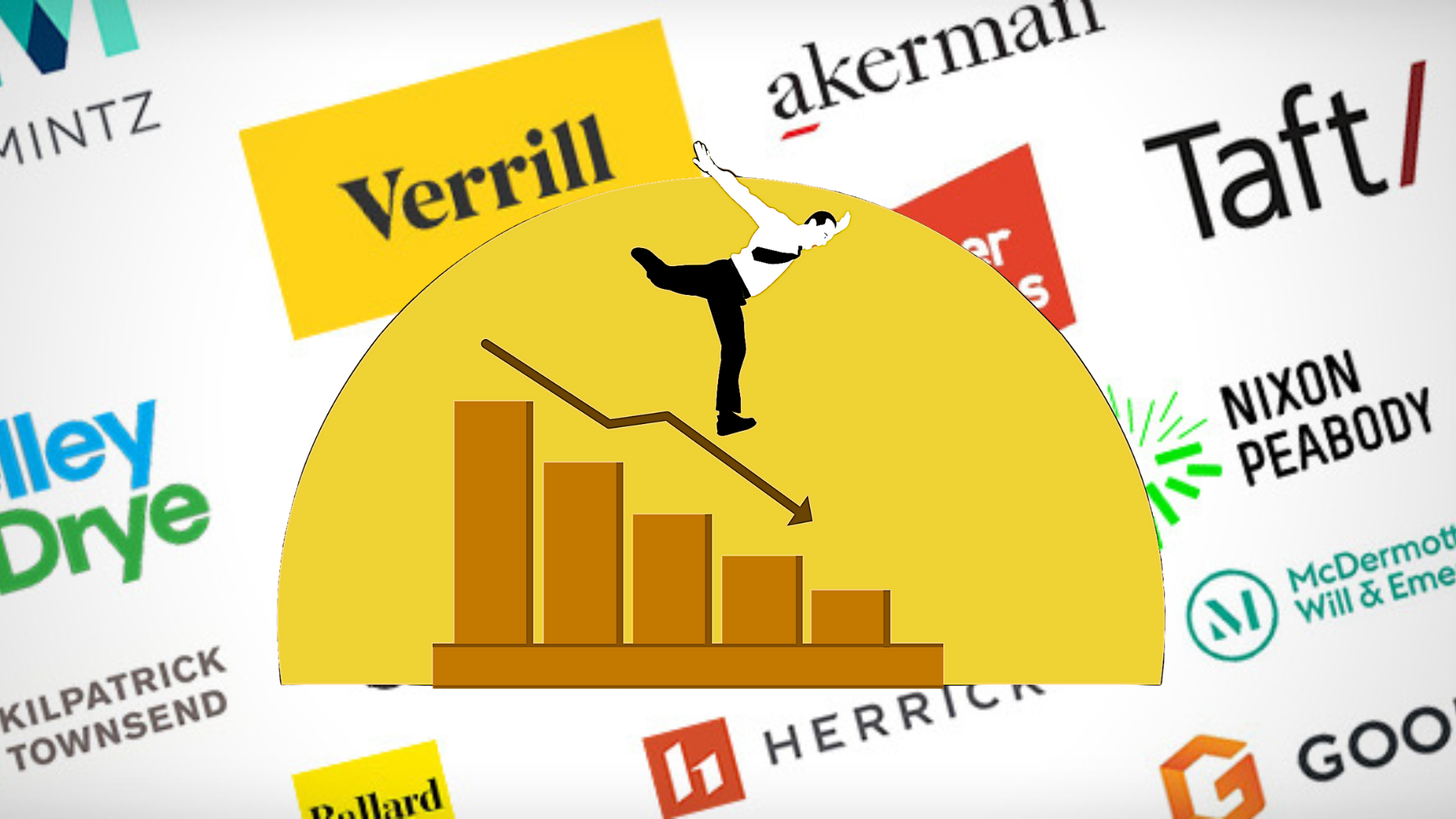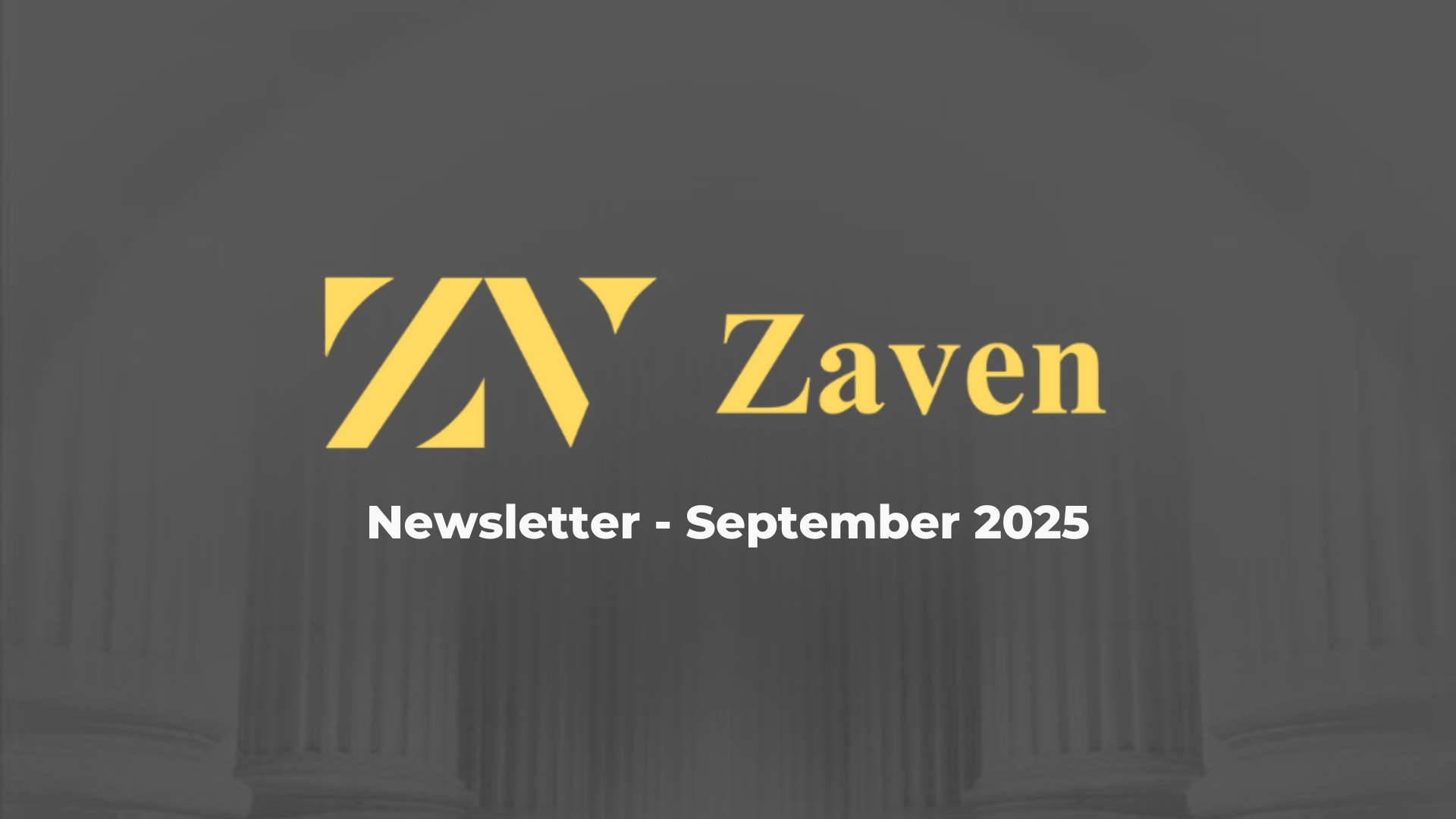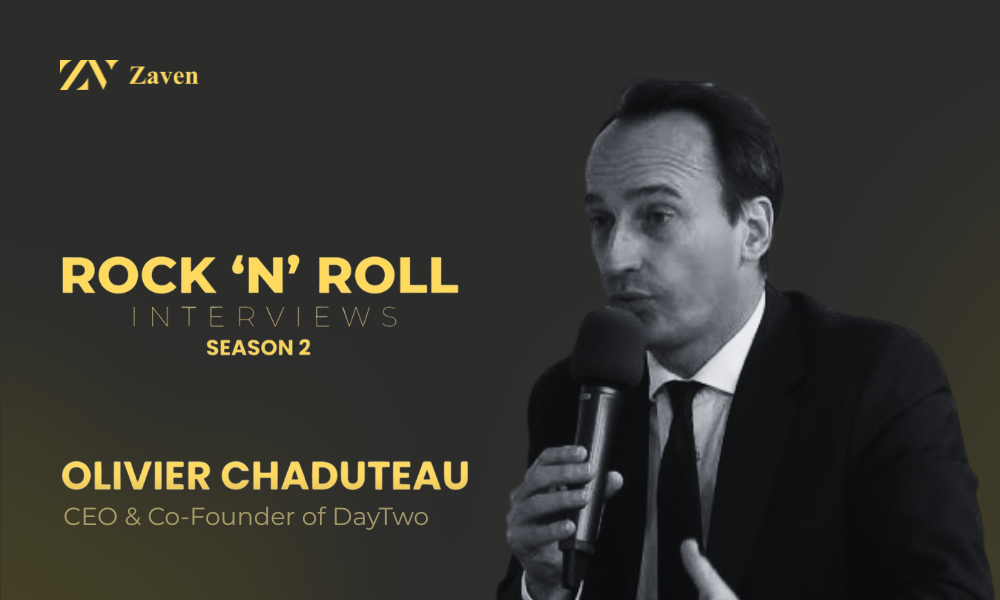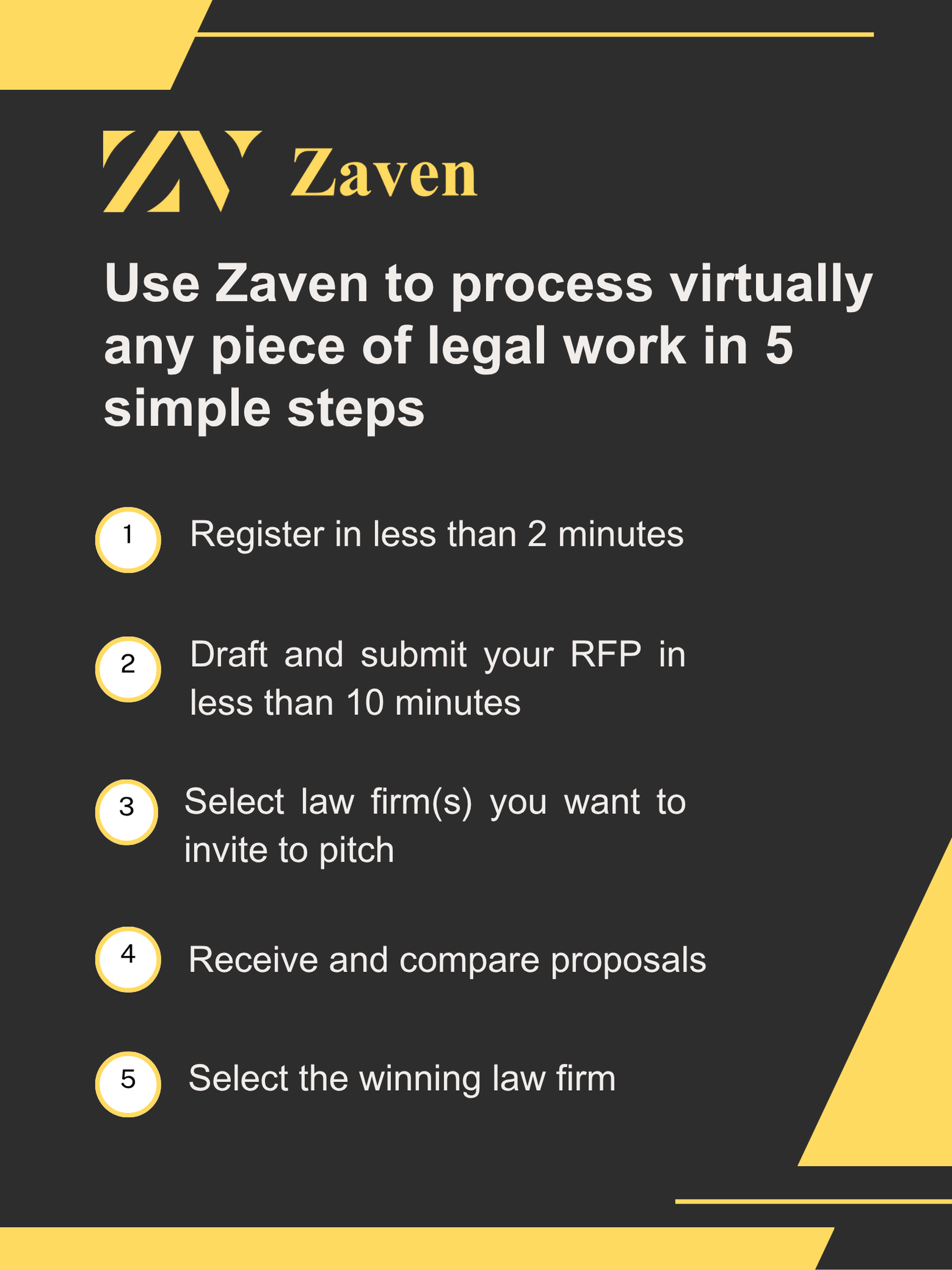Source: Artificial Lawyer
As AI tools and hybrid law firms promise complex legal work at fraction of traditional costs, the half-century-old Big Law business model faces unprecedented pressure.
The Traditional Model
Big Law operates on three pillars: high leverage with a small group of equity partners owning the firm while everyone else generates fees; time-based billing that measures value by counting hours; and an up-or-out structure where roughly 80% of junior lawyers eventually leave to maintain the pyramid.
The Disruption Wave
Multiple forces challenge this model simultaneously. Firms like Covenant promise 80% cost reductions using AI and experienced lawyers. Legal AI tools complete work in a fraction of previous time, fundamentally altering cost structures. Sophisticated ALSPs like Eudia combine AI with traditional services, while distributed law firm platforms connect independent lawyers to clients. Corporate legal departments can handle more work internally with AI tools.
Why Big Law Persists
Despite alternatives, the status quo remains resilient. Many general counsel prefer the billable hour system and accept premium rates. Luxury legal services signal business positioning, and out-spending opponents becomes a necessary competitive cost.
Triage proves difficult. Unpacking work to send different matters to Big Law, ALSPs, AI firms, or internal teams requires more effort than routing everything to a trusted Big Law brand that protects the general counsel if matters go wrong.
Scale advantages persist. Big Law firms remain global with deep expert benches and embedded market presence. Progressive alternatives remain comparatively small, lacking the niche specialists that Big Law supports. The instinct to externalize risk by engaging brands capable of absorbing it resists change.
Evolution, Not Revolution
Big Law cannot disappear entirely. Large companies need legal experts, global coverage, and brands capable of absorbing risk. But the economic model can evolve. High leverage structures, time-based profits, and assumptions about risk externalization can all shift.
The deciding factor is scale. Currently, alternatives represent a small percentage of commercial legal work. As AI tools improve and more progressive firms enter the market, that fraction will grow. Law firms will eventually evolve their business models to stay competitive.
The outcome will not be Big Law’s end, but rather the conclusion of an economic model that has ruled for over half a century. Big Law will increasingly share the market with new players whose presence will grow in the years ahead.
Read More: Artificial Lawyer






